Astilba flowering: timing, feeding rules, possible problems
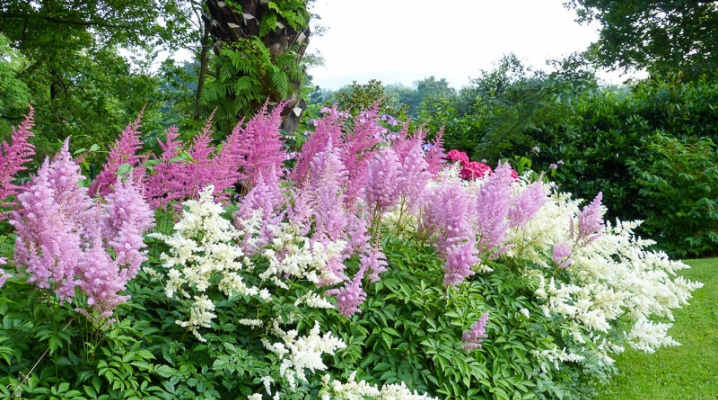
A plant such as astilba has become very popular in the countries of East Asia, North America and in many regions of Japan. It can often be found in Russia, mainly in the Far East. It is famous for its winter hardiness, however, growing astilba is not so easy.
A common problem with this plant is poor flowering. How to help the plant avoid this trouble will be discussed in the article.
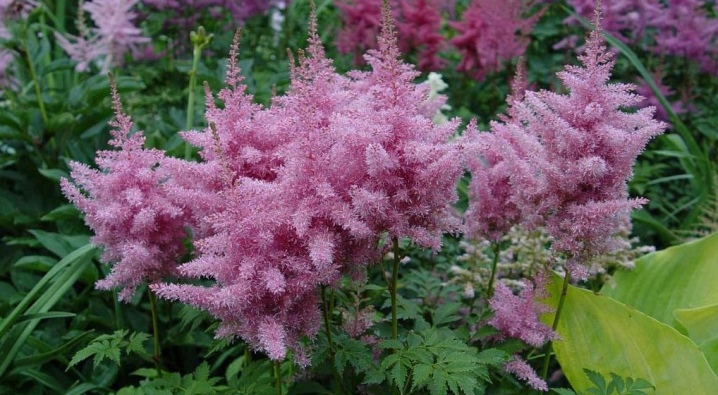
Description
Astilba is a beautiful perennial plant that can grow in the same place about 15 times. The average plant height is 80-180 centimeters.
When flowering, bright inflorescences appear, shaped like panicles. This process lasts no more than a month.
It should be noted that different types of astilba bloom in different periods... Some species bloom in early summer, others bloom in the middle or late. This is another reason why the plant is so popular - many different varieties can be planted in the garden, and all of them will decorate it throughout the summer.
As mentioned earlier, astilba can most often be found in eastern countries, as well as in the Far East of Russia. It grows, as a rule, near water, in deciduous forests.
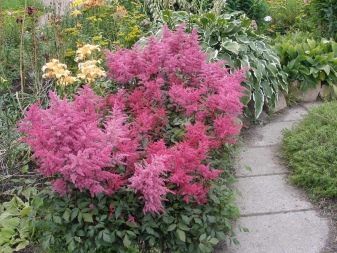
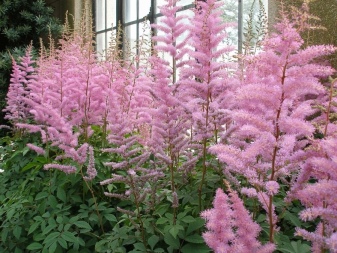
Astilba is a rhizome plant with a well-developed aerial part. It dies off, as a rule, closer to winter, however, it fully recovers during the growing season.
Another interesting feature of the plant is the roots growing upward, slowly growing the upper part. At the same time, the lower one dies off.
Since astilba has a lot of varieties and hybrids, they all outwardly differ both in the structure of the leaves and in the color of flowers.
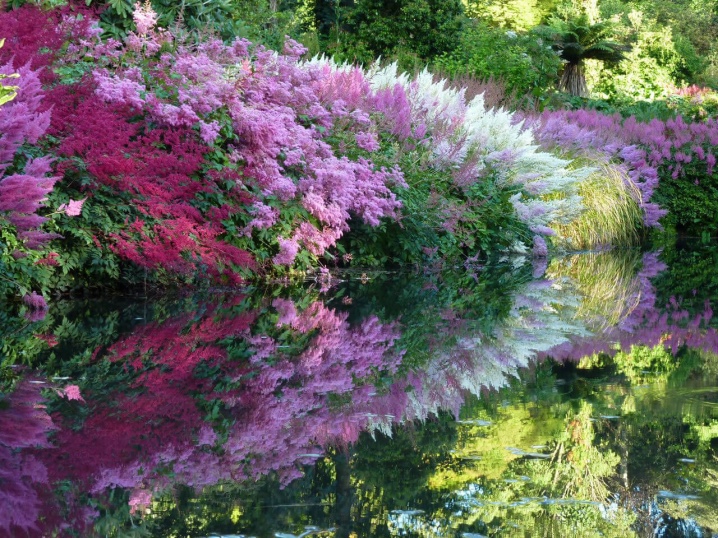
What are the problems with growing?
The most common problems in this area are slow growth and untimely flowering.
Both factors depend directly on the landing site and the general care rules that should be followed.
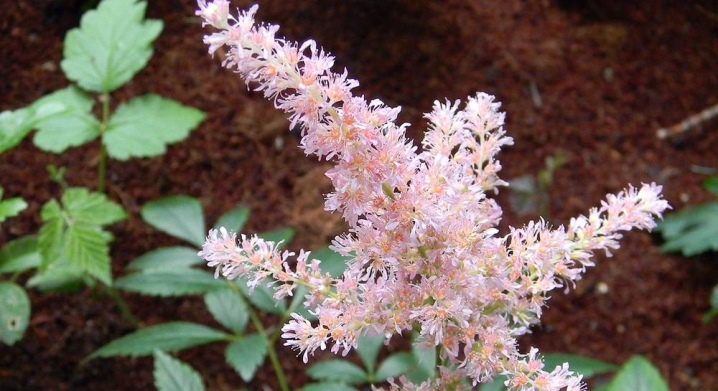
Why doesn't it bloom?
A plant such as astilba has problems with flowering, as a rule, the following reasons:
- unsuitable landing site;
- poor or excessive lighting;
- unsuitable soil;
- improper watering;
- poor quality pruning;
- insufficient mulching;
- lack of fertilizers:
- roots damaged by rodents and other pests.

General rules of care
Each astilba variety requires anxious and careful care. For to avoid problems with growing and achieve lush flowering, there are general rules for caring for this plant.
Landing
The further growth and flowering of astilba depends on the planting, therefore it must be carried out correctly.
The place chosen for this perennial should be shaded in the daytime, while sunlight should fall on it in the morning and evening. It is important to know that this plant does not like too sunny or dark places, the best option is partial shade. Lighting affects both the speed at which the plant grows and the duration of flowering.
However, among astilba there are varieties for the effective growth of which shaded areas are not suitable. These include: Gloria, Weiss Pearl, Bergkristall.
An important point is the soil. Despite the fact that astilbe is considered adapted to any soil, it is nevertheless recommended to choose heavy loam. It is this soil that, according to experts, has a beneficial effect on flowering and the formation of fresh buds.
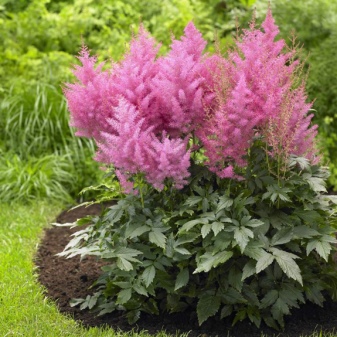

Planting and transplanting is best done in May. This month, active growth and rapid adaptation begins in the first year of the plant's life. In general, these procedures can be carried out at any time of the year, except for winter.
Mulching will be a useful procedure - this procedure will reduce the evaporation of liquid from the soil, and also significantly reduce the number of future weeds. Peat laid out in a 5-centimeter layer is perfect as mulch.
It is recommended to carry out this procedure every year.
It is important to remove the crust that forms during the rainy season from the soil. It occurs, as a rule, if the soil is not covered with peat. Loosening must be done carefully, since the root network is on the surface layer.

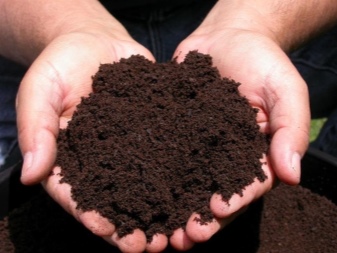
Watering
For stable growth and effective development of astilba, it is recommended to carefully monitor soil moisture. Drying out has an extremely negative effect on the appearance of the plant: inflorescences decrease, leaves dry out. Watering is especially important during the flowering period.
In hot and too sunny weather, watering should be daily.
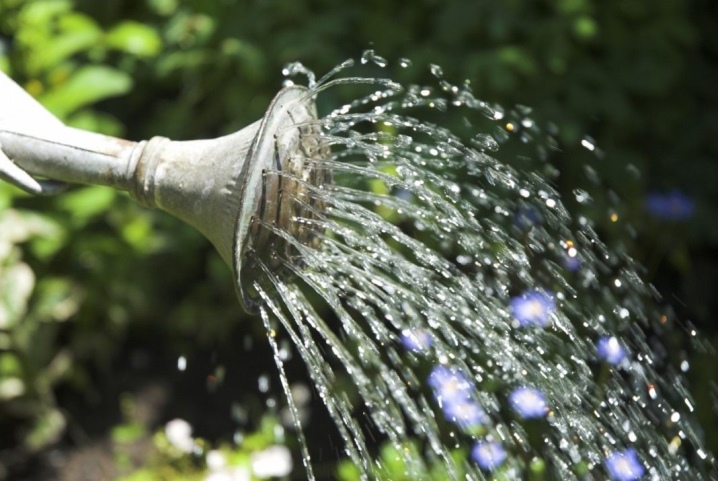
Transfer
For good and regular flowering, you need to know about the correct transplant.
It is important to know that the average lifespan of astilba is 5 years. After this time, a transplant is recommended. In general, you can do without a transplant for another 5-10 years, however, in this case, you will need to add fertile soil.
Thanks to a very dense root system, Astilba easily retains its earthen lump, the presence of which allows it to be transplanted at any time. One of the conditions for a successful transplant is regular moisture and light shading.
In order to transplant the bush to the same place where it grew before, you need to rejuvenate it and only then place it.
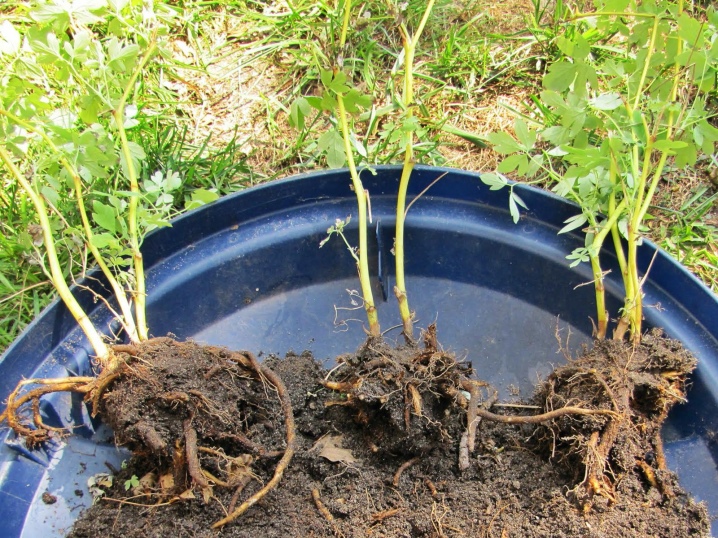
Pruning
Another important procedure when caring for astilba is pruning. It is carried out, as a rule, in the autumn period - when flowering ends. All inflorescences do not need to be cut off - only those that have finally faded.
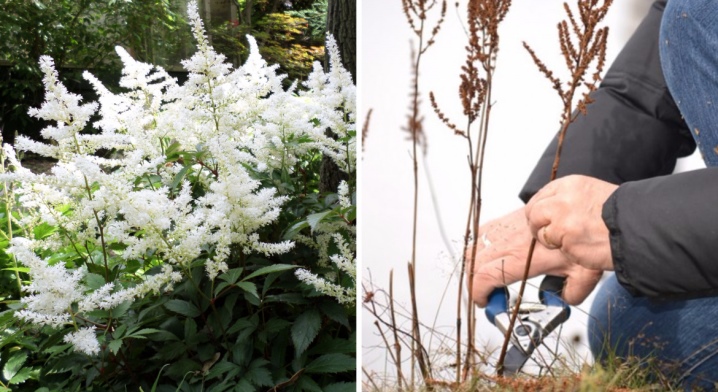
With proper adherence to all of the above procedures, you can achieve the desired growth and flowering.
How to feed for good growth?
Due to the fact that astilba is a plant with a large number of inflorescences and dense foliage, it must be fertilized. This procedure will allow the plant to grow better and achieve lush flowering. It is best to apply top dressing 2 years after planting, preferably in April.
A good option for feeding would be organic, namely nitrogen fertilizers or "Kemira universal" (about 1 tablespoon per bush). The fertilizer should be scattered on the wet soil around the bush, having covered it all afterwards. It is not necessary to loosen too deeply - it is impossible for the fertilizer to fall on the rhizome or other vegetative organs.
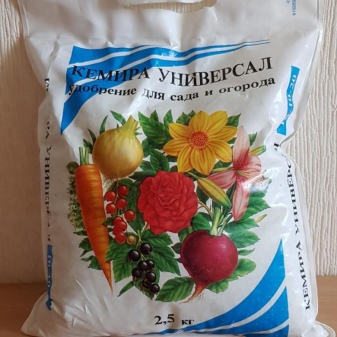

The second feeding is carried out directly during the formation of new inflorescences, the third - at the end of flowering. It is important that each time the feeding is carried out with the same fertilizers.
With regular watering and peat mulching, astilba will bloom on absolutely any soil. In the fall, she definitely needs phosphorus-potassium fertilizer.
These procedures will help to achieve abundant flowering.

When does it bloom?
The main flowering dates for different varieties are from late June to early September. In those astilbes that bloom at the very beginning of summer, flowering occurs again - at the end of August. Those inflorescences that have already bloomed must be eliminated - this will improve the decorative appearance.
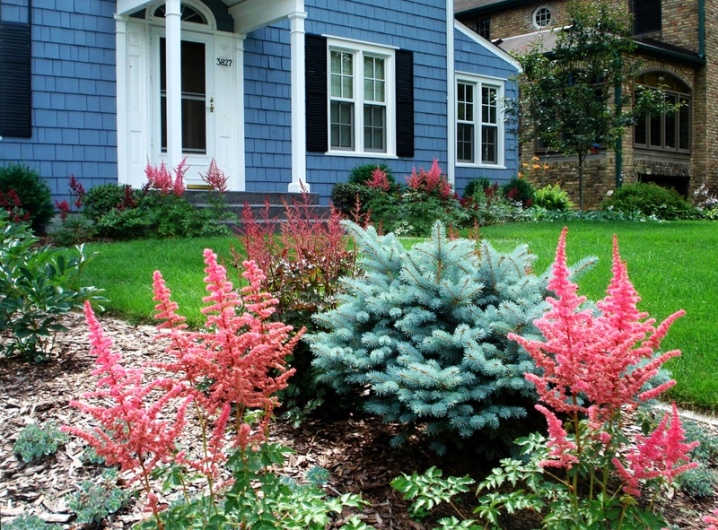
Pests and diseases
Parasites and diseases are another common cause of poor flowering.
As mentioned earlier, astilbe is resistant not only to cold weather, but also to various pests.Nevertheless, there are diseases and parasites that can significantly harm the plant. This should be especially closely monitored in the spring - in the midst of the appearance of pests.
- Slobbering penny. The leafy penny is a parasite that lives in the leaf sinuses. Its main symptom is salivary discharge. This is how the larvae hide, sucking the juices of the plant. The presence of such insects significantly slows down the growth and development of astilba. You can get rid of the penny with systemic insecticides.
- Strawberry nematode. You can find such a parasite on the aerial parts of the plant. These are very small worms that suck the juice from the stems. The main sign of its presence is yellow areas of dead tissue, as well as damaged, drying leaves. It is very difficult to deal with a nematode, so it is best to dig up and destroy the infected bush.
- Root rot. Such a disease is very common not only among astilbe plantings, but also among other plants. The reason for the appearance is excessive watering. Leaves begin to dry, as well as darken at the edges. In order to avoid such an unpleasant disease, all established watering norms should be observed.
- Bacterial spotting. This is a fast-paced disease, so the plant needs to be treated as quickly as possible. It is best to use a copper-containing fungicide.
- Slugs. These pests are very rare. First, they have a detrimental effect on the roots, then on the leaves, and then on the whole plant. In this case, processing by "Rogor-S" or "Confidor" is required.
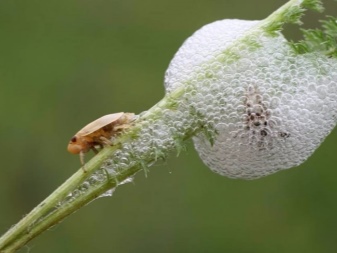
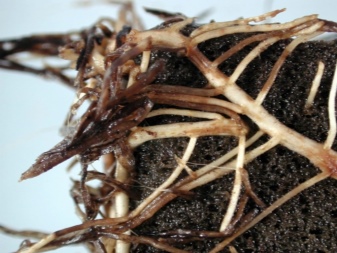
Experienced gardening tips
Gardeners with rich experience in growing astilba give certain tips, which can help fix the flowering problem before it occurs.
- As a rule, all problems begin from the moment of landing, so this procedure must be followed strictly in accordance with all the rules. You should choose an open area - this location has a beneficial effect on flowering.
- Moderate air temperature and the same soil moisture allow the leaves to develop much faster.
- Another rather important condition that everyone forgets about is the distance between the planted plants. For low-growing varieties, the best option would be 25 centimeters, for high ones - 50 centimeters.
- Well-loosened soil and the absence of weeds are another guarantee of successful growth and development of astilba.
- When growing astilba, in no case should even a short-term drought be allowed. It needs to be watered twice a day.
- It is also not recommended to overheat the roots. Mulching can help prevent this by reducing temperatures and preventing weeds.
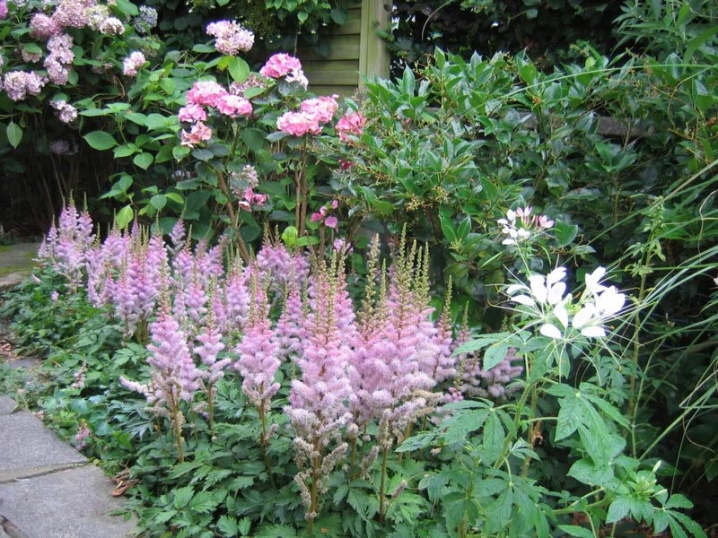
In order to achieve a lush and long flowering of astilba, it is required to perform certain actions and maintain suitable conditions.
Regular watering and timely feeding will help strengthen the plant and improve its decorative qualities. Keeping track of this is not so difficult, but necessary.
See below for more details.







































































































The comment was sent successfully.